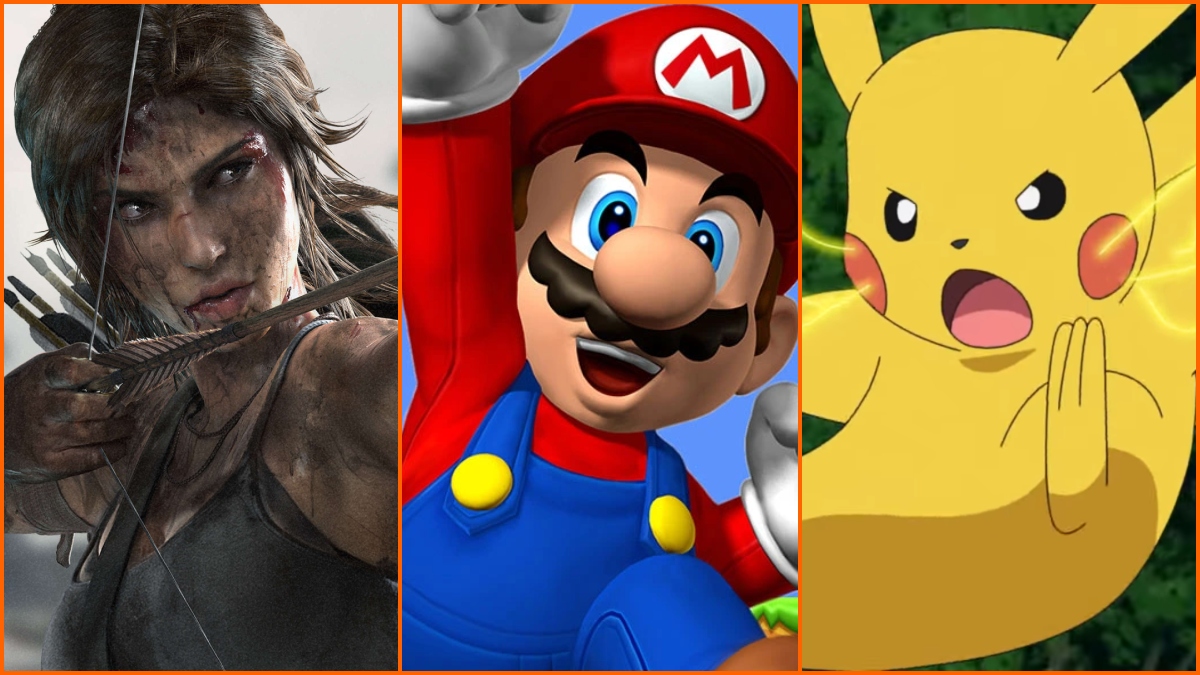Some of the greatest video game mascots of the ’80s and ’90s are still shining stars in the modern age, never losing their luster even with the changing of the times. Many protagonists started their journey as a bundle of pixels traversing an open-world environment before receiving the remake treatment to modernize them and polish their poor resolution. However, as much as they might exist in higher definition nowadays, nothing will ever take away the nostalgic feeling of whipping out an old edition of a classic title and playing it through on an outdated console for old times’ sake.
Back in 1958, physicist William Higinbotham was thought to have created the first-ever video game, but technology has advanced beyond our wildest dreams in 65 years, allowing for the dawning of a new era of video games featuring some of the most famous faces ever to be conceived. Some have spawned entire franchises, whereas others are just so iconic that even the smallest reference — be it voice, facial features, or outline — can instantly relate to them.
Mario (Super Mario)
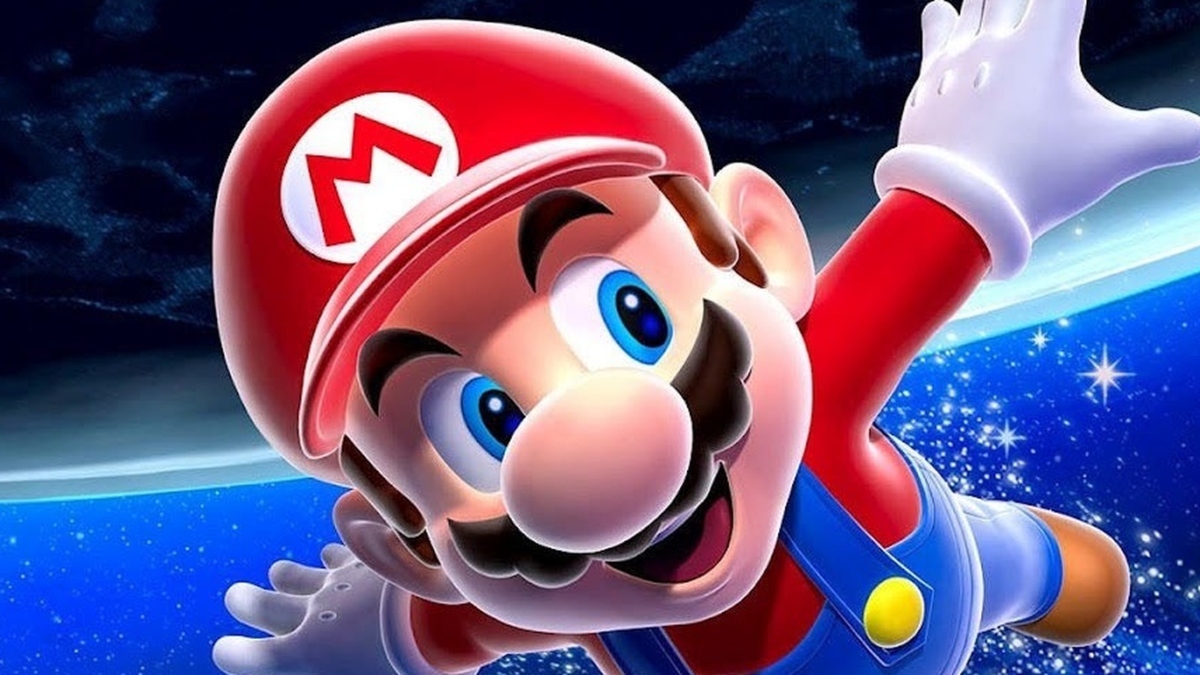
Second only to Pokémon, the Super Mario franchise is the second highest-grossing video game franchise to date with a revenue of $30,250,000,000. That commercial success is owed in part to Mario himself, the mascot of not only the Super Mario universe but also Nintendo itself. Created in 1983, Mario first appeared in 1981’s Donkey Kong, then went on star in 1985’s Super Mario Bros. co-starring Luigi, and later spin-off games like Mario Kart 64 and Super Mario Galaxy. Nintendo has never drastically altered Mario’s design over the years, not even for Universal/Illumination’s live-action adaptation, The Super Mario Bros. Movie. It must be the consistency and simplicity that’s maintained the character’s reputation for almost 40 years. There’s never a shortage of merchandise sporting the plumber’s distinguishing mustache.
Sonic the Hedgehog (Sonic the Hedgehog)
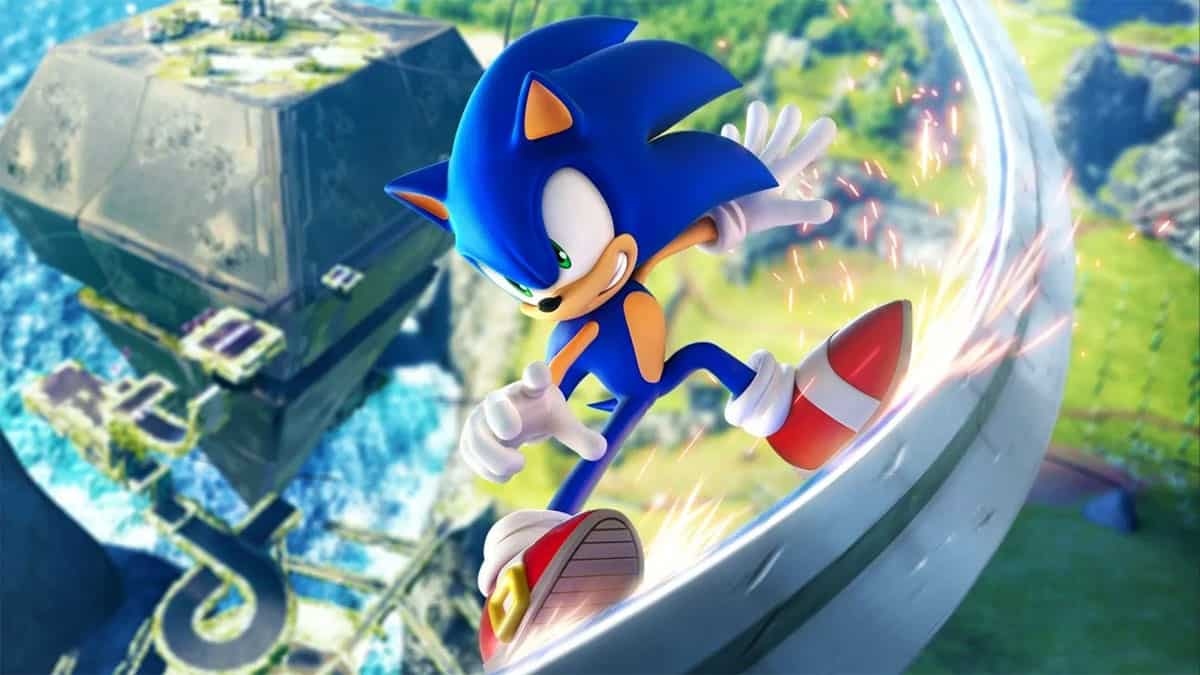
You’d never believe it, but Sonic the Hedgehog actually ranks as low as 21 on the list of most profitable video game franchises. Although it was a welcome escape from reality for ’90s kids, Sonic was overshadowed and outperformed by both the Super Mario and Pokémon franchises, so it never really found an audience that wouldn’t pivot on occasion. Nowadays, titles such as Call of Duty and FIFA are snatched off the shelves much faster than any Sonic title, but that doesn’t mean the Blue Blur isn’t — and hasn’t always been — a superstar in the gaming world. Sonic the Hedgehog debuted in the 1991 title of the same name by Sega for the ancient Sega Genesis/Mega Drive. It gained traction so fast that a sequel, Sonic the Hedgehog 2, followed closely behind in 1992. If it isn’t his bright red shoes, distinctive voice or lightning-fast super-speed, it’ll be the pleasant chime of gold rings that has the memories flooding back.
Lara Croft (Tomb Raider)
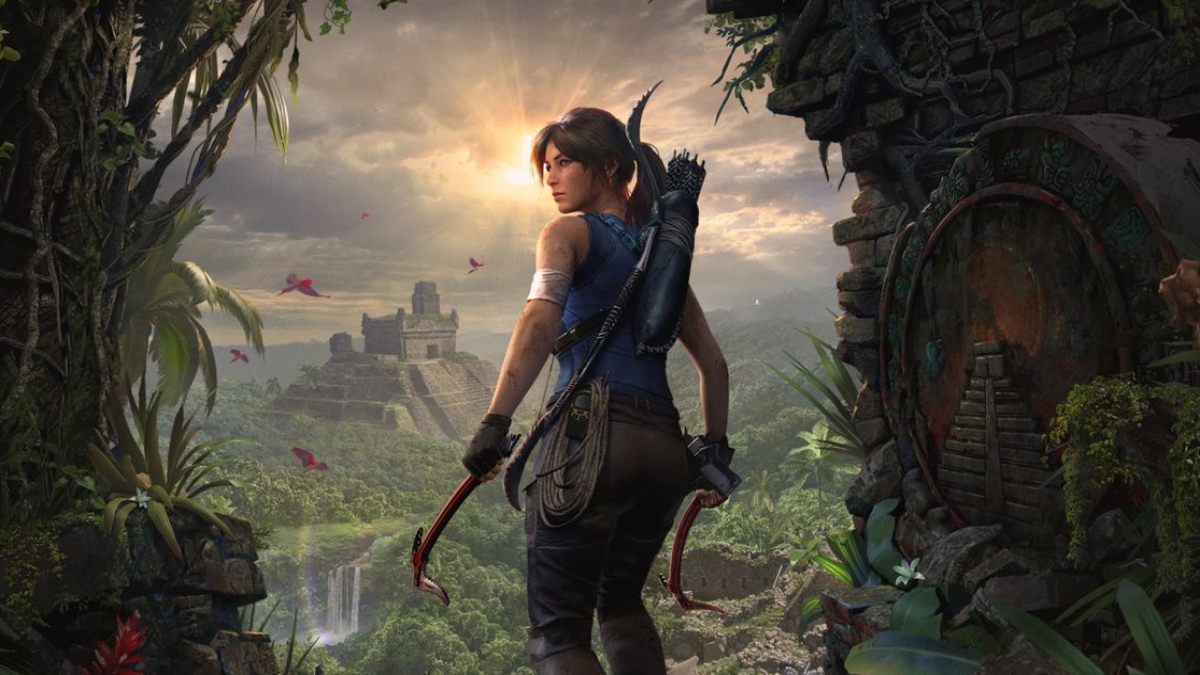
We’re diverting briefly from cartoonish characters to recognize the most prominent female (particularly leading lady) in video game history — the Tomb Raider herself, Lara Croft. Coming out a few years after Mario and Sonic, Tomb Raider was forced to compete with Sega and Nintendo’s hype, but it didn’t shy away from the challenge. We’ll forgive Lara’s unsightly design in the 1996 title because technology hadn’t evolved just yet, but besides that, Tomb Raider was an action-adventure experience unlike anything the ’90s and early 2000s had ever seen. An accomplished archeologist à la Indiana Jones, Lara Croft was the definitive sex symbol of the era, following a plethora of arcade games to deliver a single-player story to combat the repetitiveness that characterized the likes of Mario and Sonic. Tomb Raider stood apart from the crowd, likewise establishing Lara Croft as a role model for women and a mainstay in the franchise for the coming years.
Master Chief (Halo)
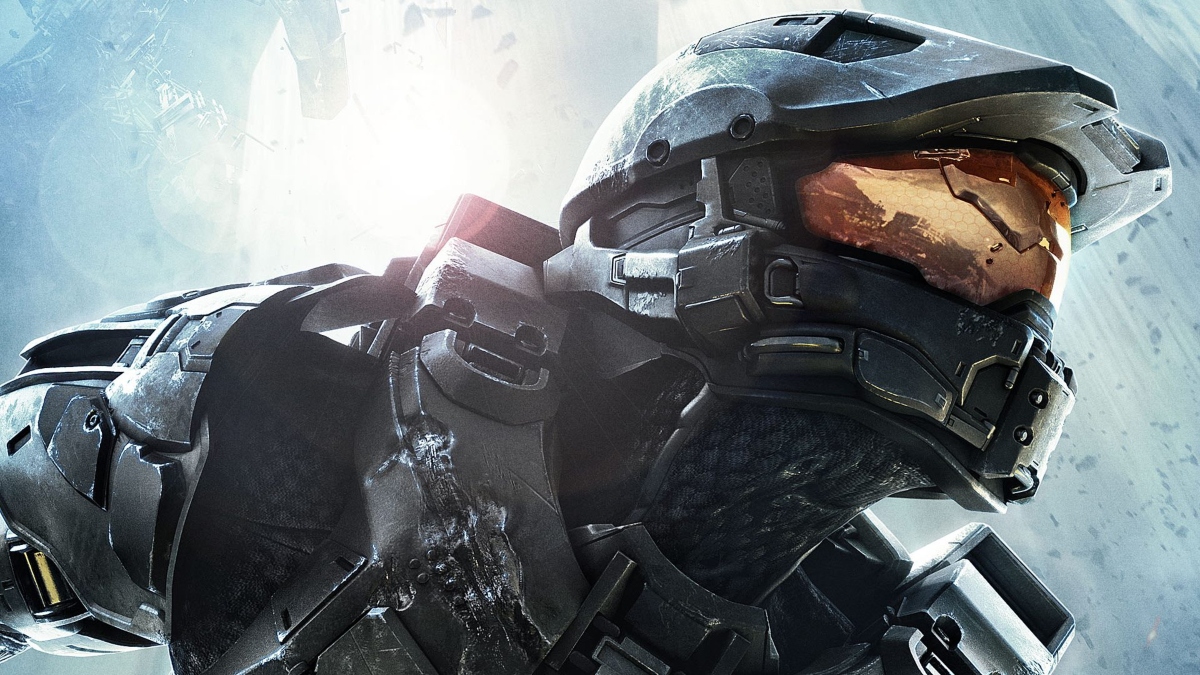
Before there was Call of Duty, Halo was the talk of the town. The Xbox Exclusive arrived in 2001, shortly followed by its competitor in 2003. By this time, FPS was building an audience with males aged around 13-40 in particular, so there wasn’t a lack of interested parties. The Halo series launched with Halo: Combat Evolved, starting out as a third-person shooter before developing (likely due to CoD‘s influence) into a first-person shooter. The franchise has been going strong ever since, having released its latest main title, Halo Infinite, in 2021. Master Chief has been around since the beginning, hoping to turn the tide in humanity’s favor after the Earth came under attack from an alien race known as the Covenant. As one of the last remaining Spartans (cybernetically enhanced warriors), Master Chief started a revolution to take down the extraterrestrial invaders. Ever since, he’s been the hot topic of Halo and has featured on every game’s cover, so if that isn’t a mascot, nothing is.
Link (The Legend of Zelda)
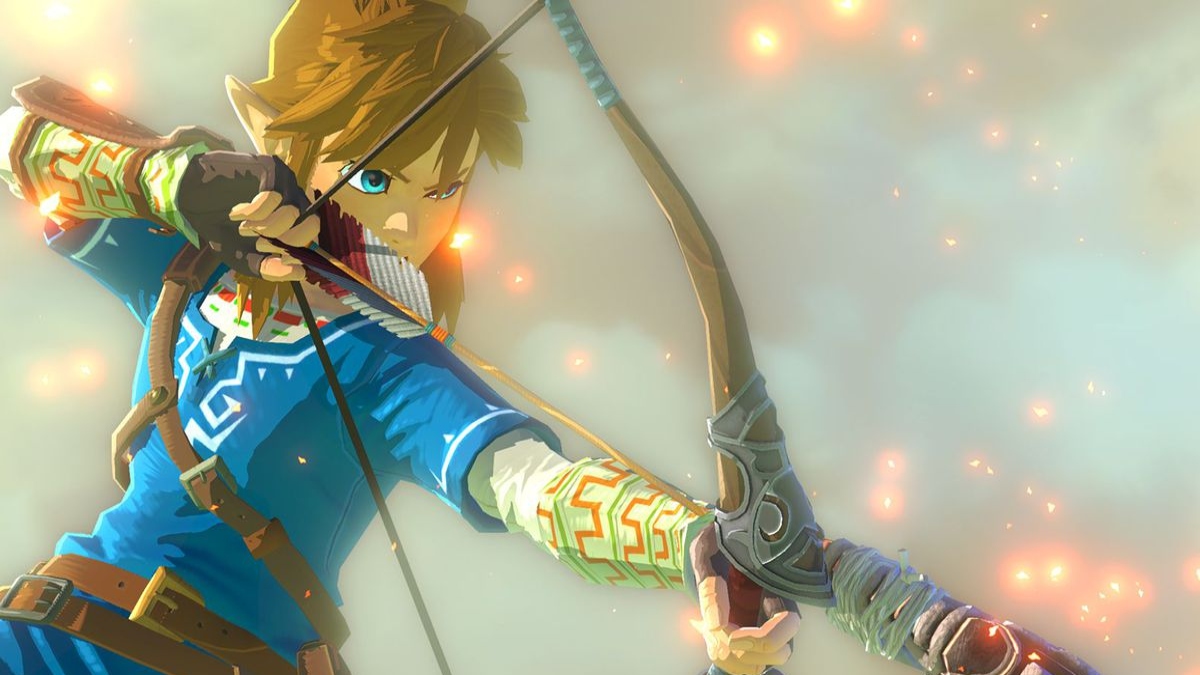
We’re not too certain what makes Link so relatable, but whenever there’s a Nintendo popularity contest, he always comes out on top — no matter what. He even beats Mario — with ease — every single time. We’ll assume that’s because Link was portrayed as a child in The Legend of Zelda until recently, furthering the notion that an adolescent performing feats of heroism and overcoming seemingly impossible odds is what makes Link so inspiring. It’s also a generational shift; the ’80s kids experienced The Legend of Zelda from 1896 onwards, long before Mario or Sonic the Hedgehog were on the scene, then passed those games down to their children or grandchildren, and the cycle continued from there. Link is a personable character who can mean different things to different people, so that versatility possibly explains his unfathomable popularity. Countless cosplays are evidence that Link has left an impact on the Nintendo and gaming communities for almost 40 years.
Pac-Man (Pac-Man)
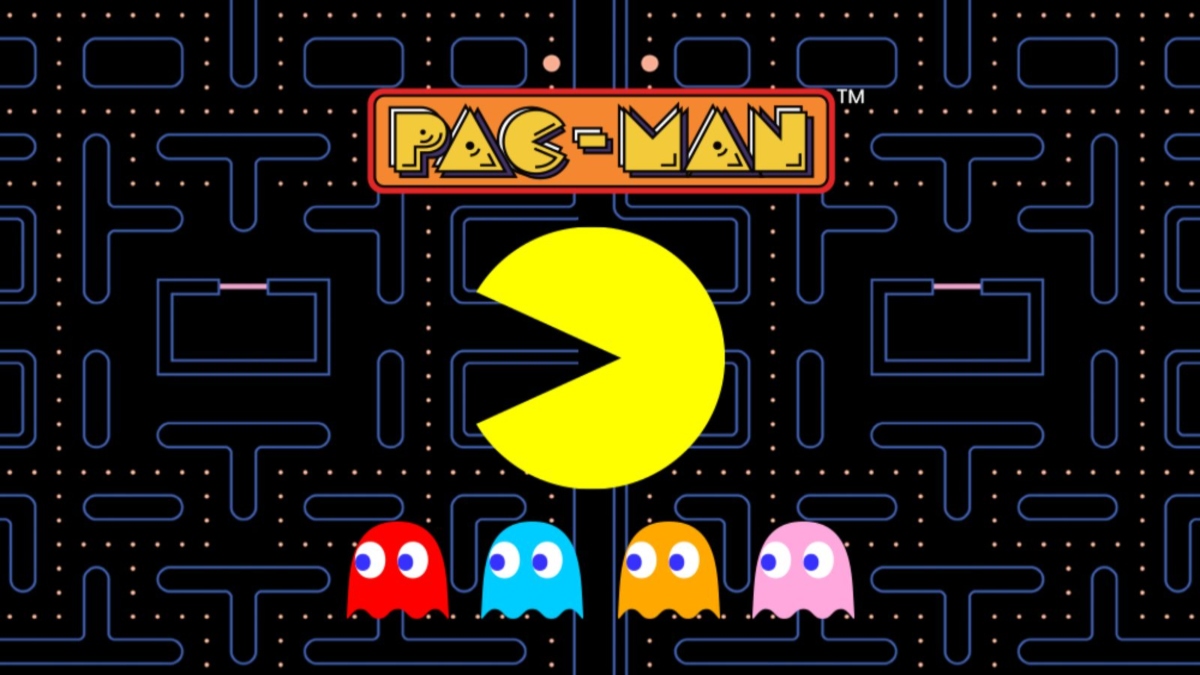
If the “waka waka” sound doesn’t scream Pac-Man, not a whole lot else ever will. The 1980 arcade game appeals to both genders, doesn’t discriminate, doesn’t encourage violence (like say, Mortal Kombat, for example), and instead inspires good, wholesome fun. It’s such a simple concept, but back in the ’80s, it blew people’s minds. Compare Pac-Man to Space Invaders, which followed the increasingly-popular science-fiction theme of those years, and we have a stand-alone game that’s withstood the test of time. You’d be hard-pressed to find an authentic Pac-Man arcade cabinet, but there are modern versions of the game that run via websites and apps, so we’re really living in the future. It’ll never be the same as watching a yellow blob gobble ghosts on a glitchy screen, but you can’t fight change. Not to mention, Pac-Man wins the award for most iconic character despite such a basic, uninspiring design.
Crash Bandicoot (Crash Bandicoot)
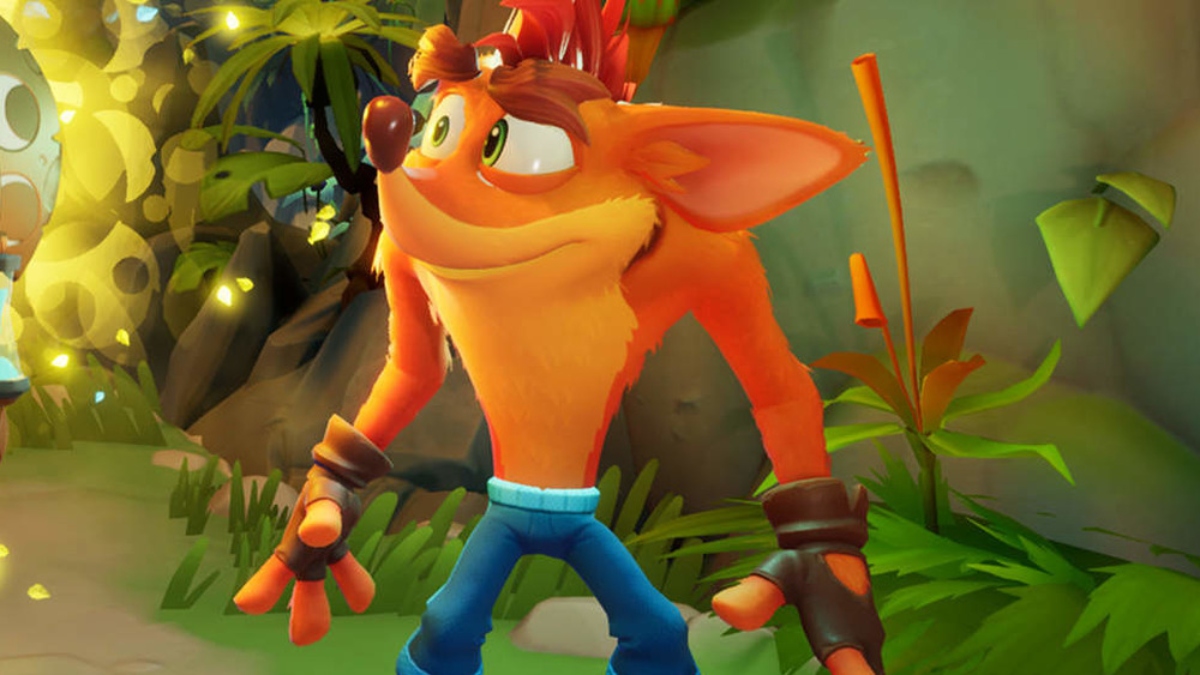
Nowadays, audiences know Naughty Dog as the developers of The Last of Us, an arguably more universal title than Crash Bandicoot, which only appeals to a certain section of gamers. Although Crash Bandicoot was late edition to the party with a 1996 release, the franchise has been pumping out sequels and spin-offs continuously ever since. Even though the limited technology of the pre-2000s did absolutely nothing for Crash (who’s absolutely terrifying in the earlier titles), there’s no greater high than firing up the old PlayStation (none of these shiny new consoles) and loading up a side-scrolling adventure that doesn’t ever go out of style. As for Crash, this loveable bandicoot remains just as colorful and cartoony as he did back then, even with the upgraded graphics of 2021’s mobile game Crash Bandicoot: On the Run! Even a tuft of orange fur brings back so many emotions.
Pikachu (Pokémon)
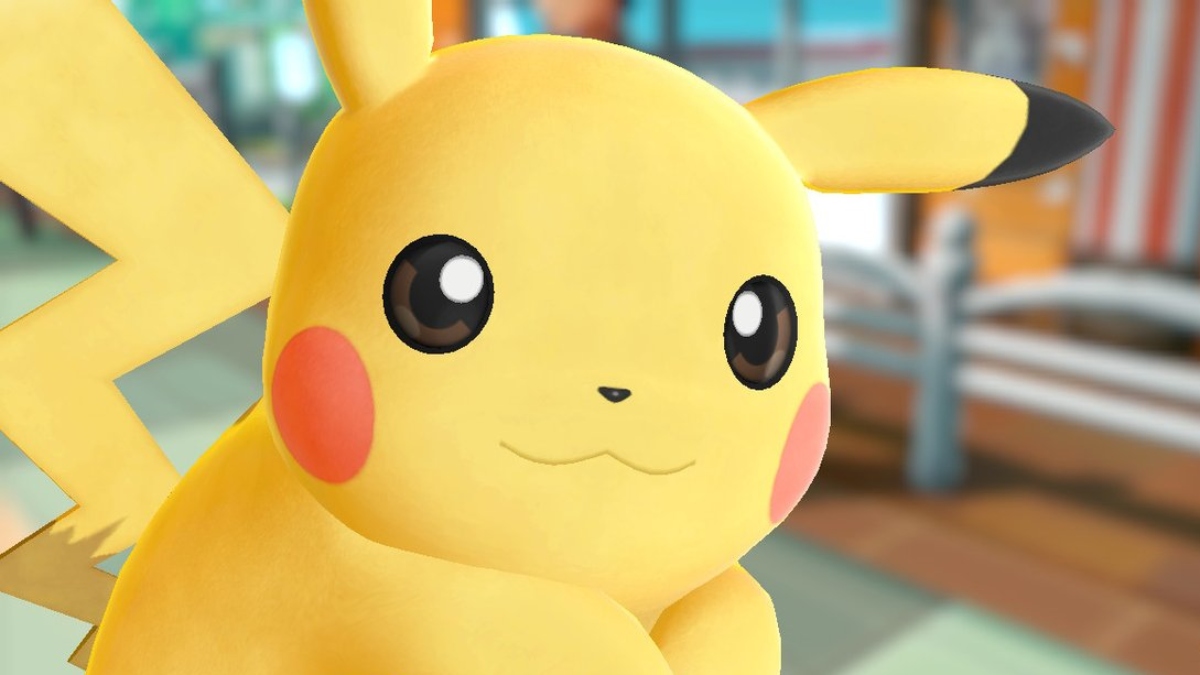
How could we ever leave out Pikachu, the long-running mascot of the Pokémon franchise? Although Ash and Pikachu will be leaving the Pokémon anime to make way for new protagonists Liko and Roy, the dynamic duo will live on in our hearts. When the first Pokémon games came out in 1996 with Pokémon Green and Pokémon Red, many of today’s fans were but children, still seeing the world with wide-eyed innocence. Back then, the concept of a companion whom trainers could catch, train, and battle with hadn’t been explored before. It was something new, much more immersive and interactive than most repetitive games like Super Mario Bros. But Pokémon owes its success to Pikachu, the Pokémon that everyone — even those who have never seen nor played the Pokémon anime/games in their life — will be overly familiar with. If someone out there doesn’t know who Pikachu is, we’ll eat our hats.
John Marston (Red Dead Redemption)
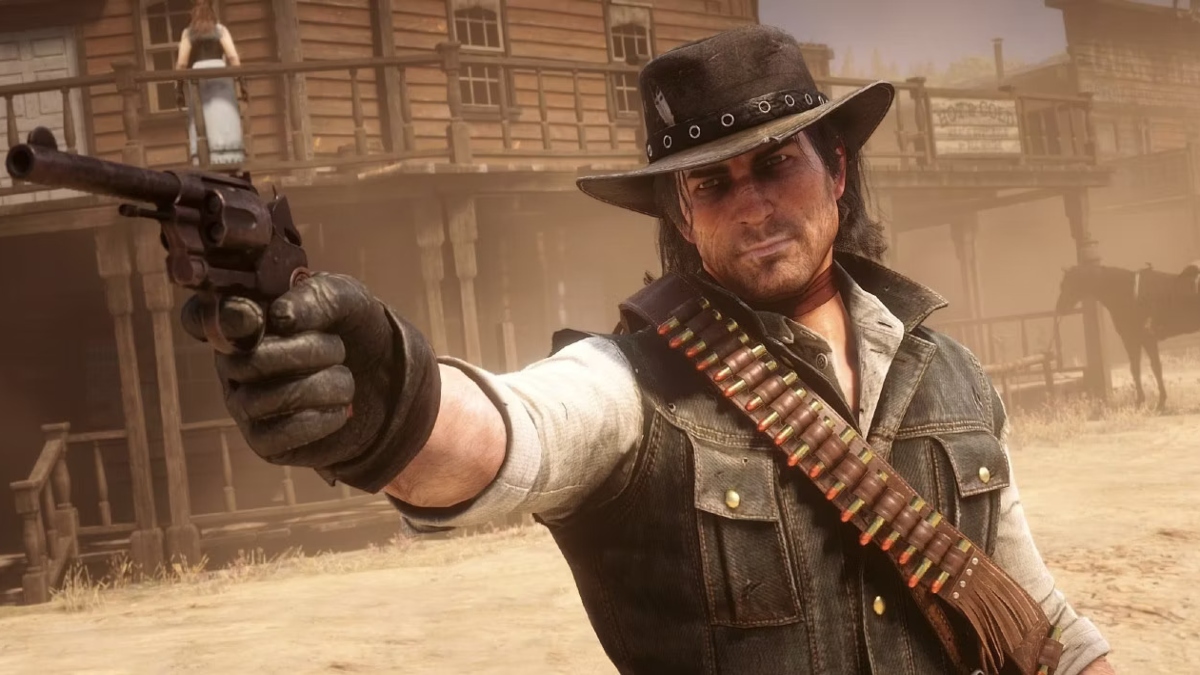
One of these is not like the others. That’s right, John Marston of Red Dead Redemption and Red Dead Redemption 2 is the newest and most developed character on the list. He’s also the only realistic humanoid besides Lara Croft, whereas the others are but cartoons. RDR come out in 2010, rivalling the success of Rockstar’s other formidable title, Grand Theft Auto. Actually, we almost included some GTA mainstays on the list, but decided that Marston trumped them. He featured in both RDR and its prequel, eventually becoming the “face” of the franchise despite Arthur Morgan taking center stage in RDR2. He’s a badass gunslinger/outlaw, so what more could you want in a mascot? There’s definitely more depth to John’s character than, let’s say, Sonic. That emotional attachment that players have developed with John over the years would likely explain how he’s captured hearts for so long.
Donkey Kong (Super Mario)
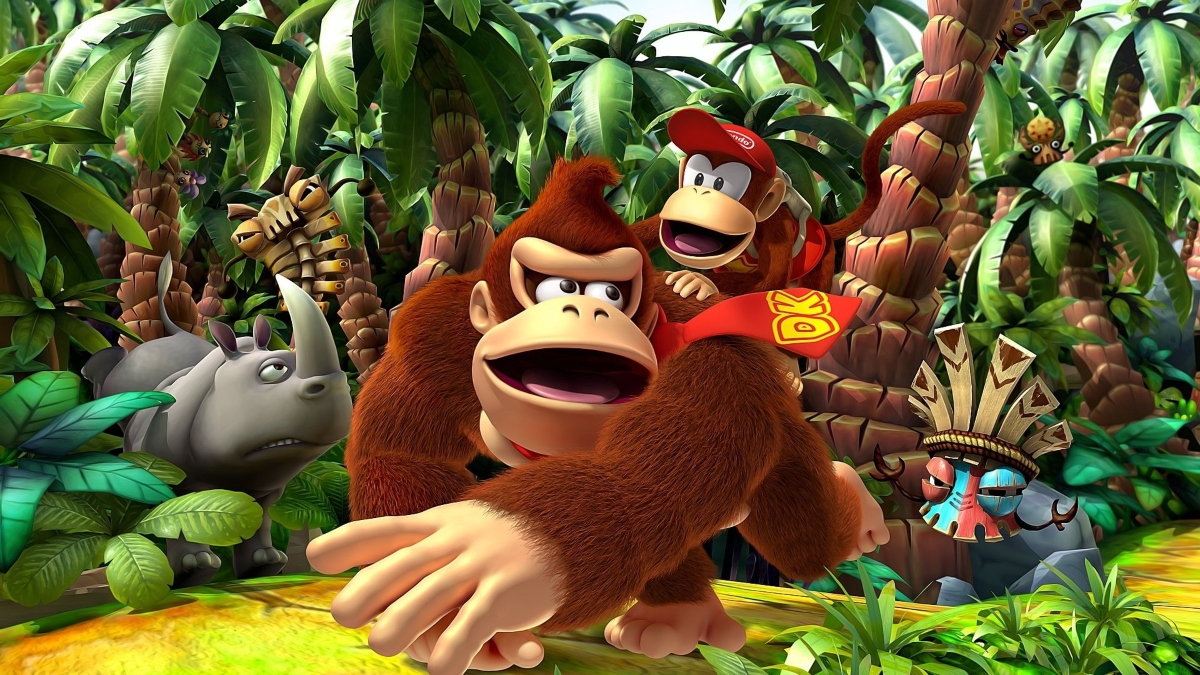
If not Mario, Donkey Kong would be the showstopper of the Super Mario franchise. Unfortunately, Princess Peach, Luigi, Toad, and Bowser simply don’t make the cut. DK was the starting point for the SM franchise, even introducing the world to Mario in his self-titled game. He’s taken a backseat in recent years as the Italian brothers and side characters get the spotlight, but DK hasn’t ever lost his adoring fans. There’s something outrageously comical about an oversized ape teetering between helpful and agitating that’s irresistible. If he isn’t the thorn in Mario’s side, he’s a valuable asset in the fight against Bowser. Not to mention, Donkey Kong was a milestone in gaming history as it launched the famous “’platformer” genre that’s still around and going strong in the 2020s. Not only was it an enjoyable platformer, but Donkey Kong was also one of the most challenging games at the time, which was a breath of fresh air from the decidedly easy levels of Pac-Man and the like.

